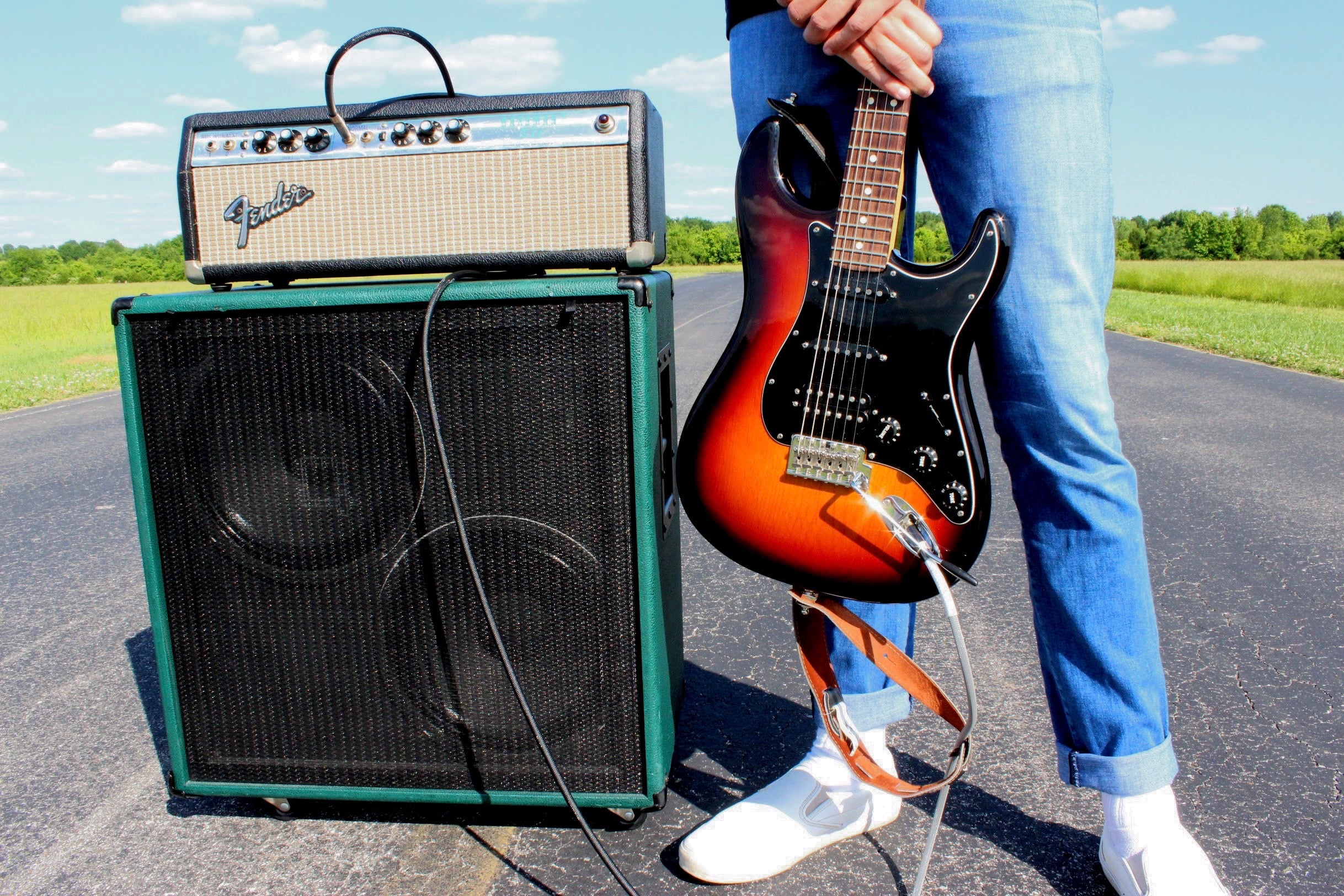What is an IR?
Lately, in the guitar world, there has been a lot of talk on IRs and amplifier simulators especially with the release of the Line 6 HX Stomp and the Strymon Iridium. Most of the time, these units are quite convincing and sound nearly identical to the original amp and cab setup. While many of us have just recently heard about IRs in the last couple years, they have actually been around since the 70’s. Let’s look at what an IR is and why it is so cool.
Impulse Response
If you don’t already know, IR stands for impulse response. In essence, an impulse response is usually a .WAV file containing the linear output information of an acoustic space and/or hardware system (guitar cabs, rack effects, guitar pedals). To get this information, an impulse signal is fed through the system and then the output is captured/recorded. The signal that feeds the space or hardware is generally one of two things: a broadband burst of noise (like a loud clap or the burst of a balloon) or a sine sweep (a pure tone that starts at a low frequency and gradually sweeps up to a high frequency, hitting everything in between). When capturing the output from the sine sweep, an additional step must take place before we can call the signal an impulse response. It must go through a digital process called deconvolution. Basically, this process transforms the frequency information from being represented throughout the duration of the sine sweep to being represented all in a single impulse. Many opinions believe this method best represents the original acoustic space or hardware trying to be captured.
Convolution
You can’t talk about impulse responses without talking about convolution. Convolution is a mathematical function that makes all the magic happen. Put simply, convolution takes two signals (one being the impulse response) and outputs a new signal. The new signal is the result of the coloration from the impulse response being applied the other signal. Every input sample of the signal will be affected by the impulse response to create the new signal.
Where’s the Cool Stuff?
Impulse responses are so cool because they let us capture everything we need to know about a room or hardware system to recreate it digitally. If you like the sound of a particular room but don’t have the means to record in that room all the time, just grab the IR of the room. Then, using convolution, you can convolve all of the tracks you want with that IR and it will sound as if they were recorded in that same room. Magical! Similarly, if you love the sound of a particular guitar cabinet/speaker, you can get an IR of it (or download one online) so that you can use the sound of the cabinet without having to lug it around or set it up. It is important to note that an impulse response takes all linear information into account. Thus, it will take into account which microphone used and where it is placed. So, if you take two IRs with two different mic placements on the same amp, they will sound different.
Anything Not Cool?
Unfortunately, an impulse response does not consider nonlinear information. For example, if you were to try to capture the harmonic saturation of a tube amplifier with an IR, it would fail. This is because the spectral content of the guitar changes with how loud or soft it is played through a tube amp. An IR cannot capture these variations. This is why amp simulators are so popular. If engineers spend time recreating what goes on in an amp, we can then just load up cabinet IRs to use along with the amplifier simulation to change the sound as we please.

